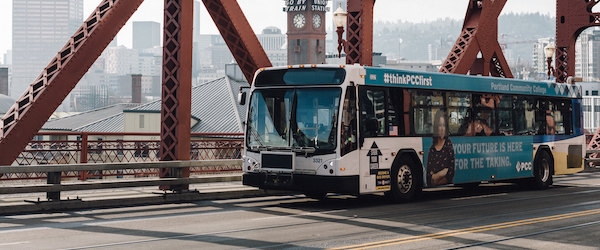We're proud to announce the publication of a new NITC dissertation: "Methodologies to Quantify Transit Performance Metrics at the System-Level," by Travis Glick of Portland State University.
Performance metrics have typically focused at two main scales: a microscopic scale that focuses on specific locations, time-periods, and trips; and, a macroscopic scale that averages metrics over longer times, entire routes, and networks. When applied to entire transit systems, microscopic methodologies often have computational limitations while macroscopic methodologies ascribe artificial uniformity to non-uniform analysis areas. These limitations highlight the need for a middle approach. This dissertation presents a mesoscopic analysis based around timepoint-segments, which are a novel application of an existing system for many transit agencies.
In the United States, fix-route transit is typically defined by a small subset of bus stops along each route, called timepoints. For this research, routes are divided into a consecutive group of bus stops with one timepoint at the center. Each timepoint-segment includes all data collected in that segment during one hour of operation. Visuals for congestion and headway performance, based on the aggregated datasets, are designed to...
Read more









